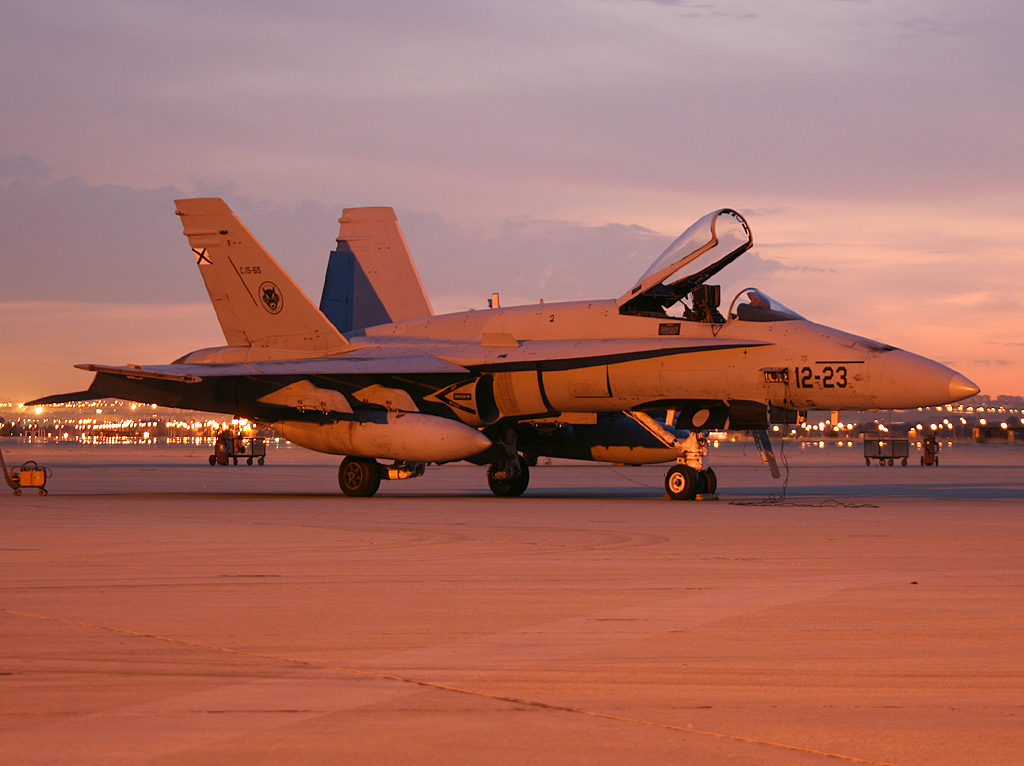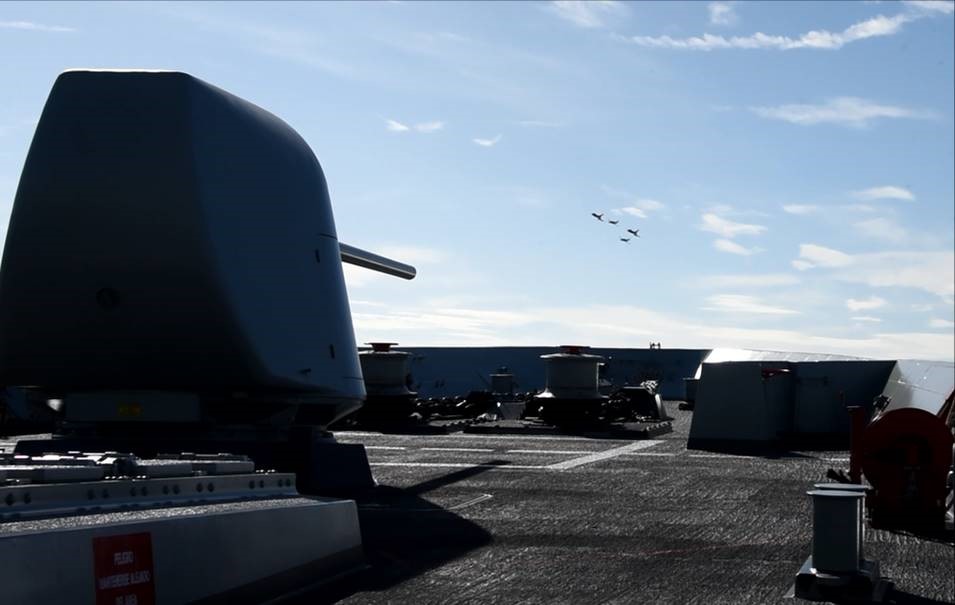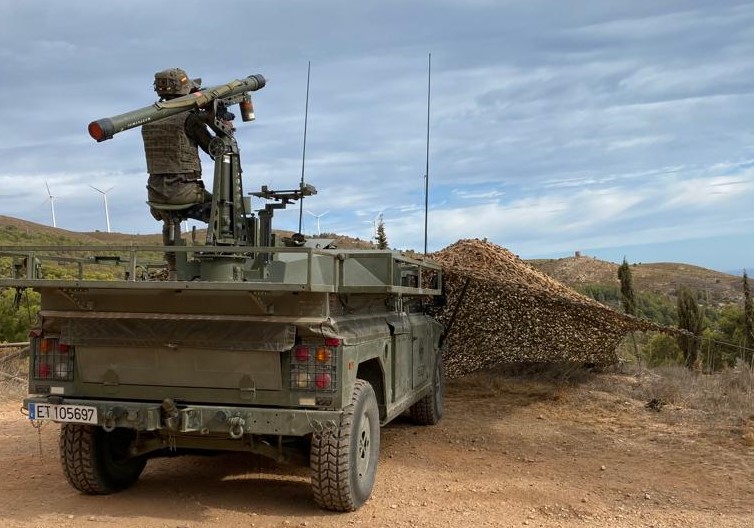
‘Eagle Eye 22-03’ activation in southern peninsula ends
- The 'MOA', with assigned capabilities from the Air Force, the Army, and the Navy , developed the activation in Motril (Spain)
Eagle Eye 22-03' has once again confirmed that the operational resources assigned to the Aerospace Operational Command and its approximately 2,100 personnel participating in it, have a high degree of readiness to respond to any aerial threat. For this purpose, 6 F18 aircraft of the 12th Wing, the Air Surveillance Squadrons (EVA's), the Northern Command and Control Group (GRUNOMAC), the Aerospace Operations Centre (AOC), Army assets of the Anti-Aircraft Artillery Command (MAAA) to form the Anti-Aircraft Artillery Unit (UDAA) and the Navy frigate F-103 'Blas de Lezo', have been integrated into the Aerospace Defence System (SDA). All of them under the tactical command of the MOA and operational control of the MOPS. In addition, it should be noted that the units continue to operate under COVID19 sanitary measures, so it has been carried out under specific measures for prevention and protection.
The Air Force (EA) has participated in the activation 'Eagle Eye 22-03' with six (6) F18 C.15 of the 12th Wing in Quick Reaction Alert (QRA) with different reaction times. Thirty-five (35) flights have been performed, with a total of approximately fifty-eight (58) flight hours.
During the air policing missions, the 12th Wing pilots have tested joint air defence procedures with the UDAA and the F-103 frigate, demonstrating their high degree of training and interoperability.
This activation has also been useful for the training of the personnel of the Malaga Air Base, where a BOC (Base Operation Centre) has been set up to coordinate the air assets assigned to the MOA. It has also been an excellent training opportunity for the personnel of the AOC (Aerospace Operations Centre) of the Combat Air Command (MACOM), from where the Commander of the MOA (CMOA) exercises command and control of the assigned means and forces.
The EA has also successfully integrated the interception controllers of the Northern Command and Control Group located at the Zaragoza Air Base (GRUNOMAC). During the activation, their main mission has been the aerial surveillance and tactical control of the Joint Force Core 1 (NFC-1) assets assigned to the MOA.
The importance and complexity of the integrations that GRUNOMAC carries out on a regular basis, together with the rest of its tasks both at national and NATO level, implies an important effort and technical preparation. Once again, the Control Centre has proven to be very well qualified.
As planned, the UDAA and the frigate "Blas de Lezo" were perfectly integrated to increase the capabilities of the Aerospace Surveillance and Control System.
The UDAA, as well as the frigate 'Blas de Lezo' F-103, have contributed to the permanent operations of the FAS, complementing the coverage of the Air Surveillance Squadrons (EVA's). It is worth highlighting the existence of certain areas in the province, where the terrain is somewhat more rugged, thus increasing the degree of defence and aerial surveillance of these areas. For its part, the UDAA Alhambra was suffered simulated attacks by Air Force fixed-wing aircraft, which greatly increased the realism of the training, maximising the opportunity to work together.
The UDAA carried out a very extensive deployment, which posed an additional challenge, both for its logistical core, which had to support all its units located in different places, and for the command and control core, as it had to integrate, through the Transmissions Unit, all its weapons systems in an environment of such complex orography as that of the province of Granada. The operational work of the UDAA was complemented by an Open Day which took place on November 9th. This was an excellent opportunity to contribute to the promotion of Defence Culture thanks to the deployment of part of its material and human resources.
In addition, the frigate 'Blas de Lezo' contributed to surveillance and air defence in the Alboran Sea. Its advanced sensors have served as a valuable tool to complete the coverage of the Aerospace Defence System in those coastal areas required by the MOA.
During the anti-aircraft action, the F-103 frigate monitored a total of 10 air-to-air events, taking control of fighters to engage hostile forces and perform early detection and self-defence of their attacks, all in an environment that trains our units to defend our national airspace in a real scenario.
The union achieved by the capabilities of the Army and Navy during the 'Eagle Eye 22-03' activation not only adds value to the defence of national airspace, but also demonstrates the high degree of readiness and availability of our Armed Forces.
Fotos




